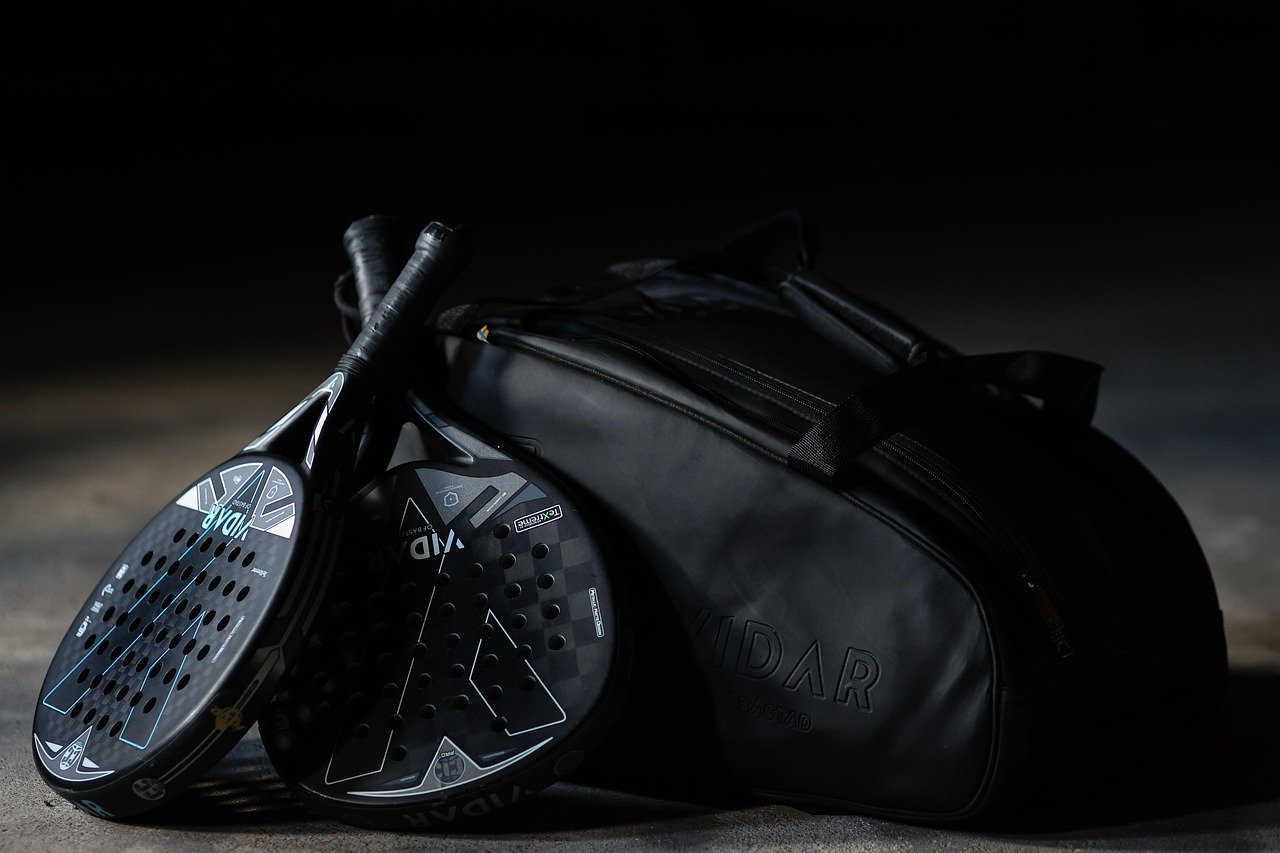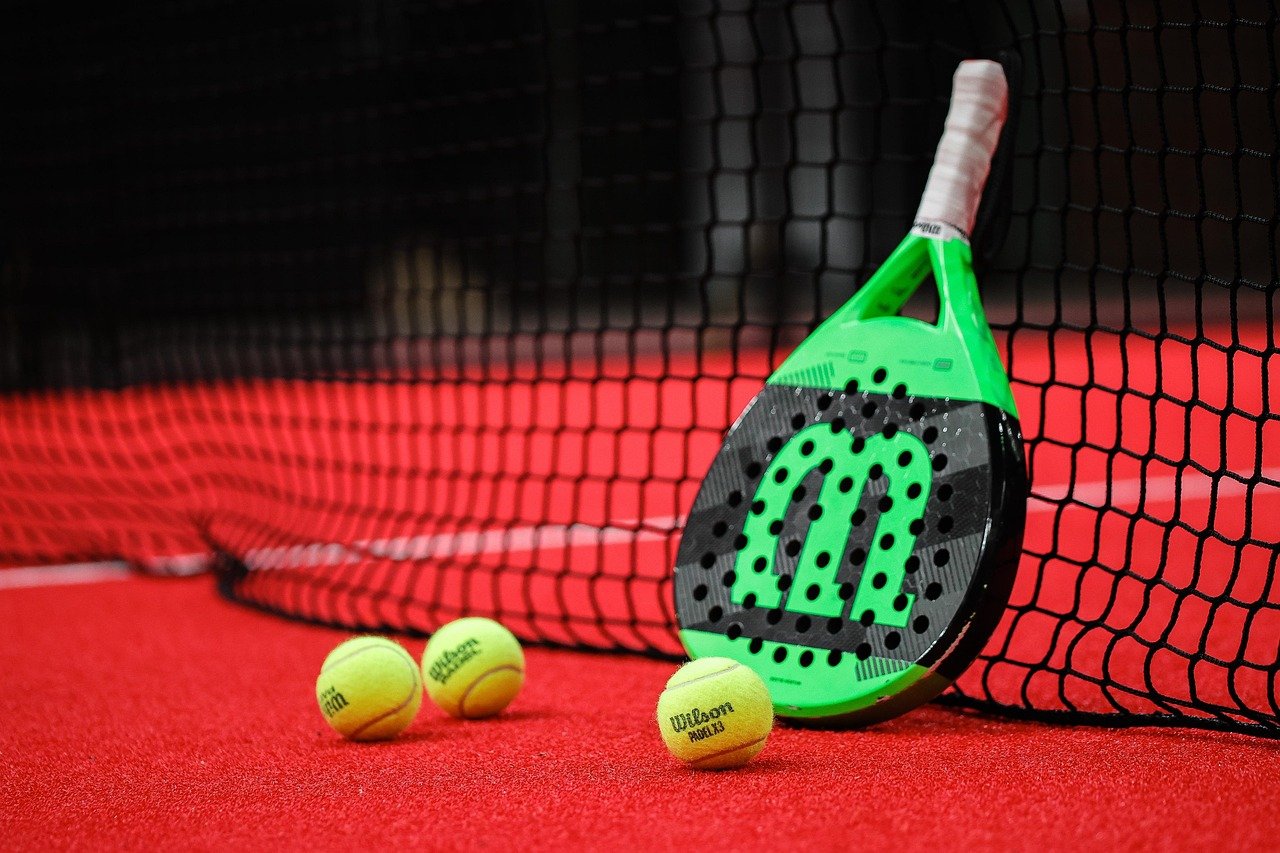In padel, power and technique are important, but where you place the ball can make all the difference between winning and losing a point. Unlike tennis, the enclosed court and wall play add an extra layer of strategy, making ball placement one of the most critical skills in the sport. Mastering where to hit the ball allows players to control rallies, pressure opponents, and create opportunities for winning shots.
This guide dives deep into the best places to hit the ball in padel, covering offensive and defensive strategies, court zones, partner coordination, wall utilisation, and tactical examples from professional play.
Understanding Court Zones and Their Importance
Padel courts are 20 metres long and 10 metres wide, enclosed with glass and mesh walls. To optimise ball placement, players need to understand how the court is divided and how each zone affects play.
- Net zone (3–5 metres from the net): Ideal for intercepting volleys and placing angled shots to finish points.
- Mid-court zone (between net and service line): Transitional area for controlled rallies, maintaining pressure, and setting up attacks.
- Baseline zone (near back wall): Defensive coverage zone for managing high or deep shots and preparing for rebounds off the back wall.
Knowing these zones allows players to choose shot placement that maximises control and pressure on opponents.
Offensive Ball Placement
Hitting to the Corners
The corners of the court, especially near the back wall and side walls, are prime targets. Corner shots force opponents into awkward positions, making it difficult for them to return effectively. Hitting deep into the corners is particularly effective when your partner is controlling the net, as it creates angles for finishing points.
Exploiting Opponent Weak Sides
Observing which side of your opponents is weaker—forehand or backhand—enables precise targeting. Consistently hitting to a weaker side increases errors and opens the court for drop shots, volleys, or smashes.
Lobs to Push Opponents Back
Lob shots are invaluable for offensive strategy. Hitting a lob over opponents at the net forces them back towards the baseline, allowing you to regain net control or create space for angled winners. Effective lobs are deep and precise, ideally landing near the back wall corners.
Angled Shots at the Net
When positioned at the net, players can use sharp angles to make the ball ricochet off the side walls. Angled shots reduce opponent reaction time and exploit the full width of the court, often forcing weak returns that can be finished with a volley.
Drop Shots for Deception
Drop shots just over the net, landing close to the opponents’ net line, disrupt rhythm and force them to sprint forward. They are especially effective against players who favour baseline play, allowing you to regain court control and dictate the pace of the rally.
Defensive Ball Placement
Deep Shots to Stabilise Points
When on the defensive, hitting deep shots towards the back corners allows players to recover positioning while keeping opponents pushed back. These shots reduce the chance of being attacked and provide time to reposition near the net.
Wall Rebounds for Safety
Using the back and side walls effectively keeps the ball in play while maintaining defensive positioning. Shots aimed at the back wall or angled off side walls allow for controlled rebounds, giving players time to anticipate opponent responses and move into advantageous positions.
Cross-Court Shots to Open Space
Hitting diagonally to the opposite corner can create gaps in the opponent’s formation. Cross-court defensive shots are particularly effective in doubles, where coordinated partners can cover potential openings while forcing opponents out of position.
High Lobs to Reset Play
High, deep lobs allow defenders to reset rallies and relieve pressure. This type of shot is particularly useful when opponents are aggressively positioned at the net, buying time for repositioning and regaining control.
Partner Coordination and Strategic Placement
Doubles play requires constant communication and awareness of partner positioning. Effective ball placement considers:
- Partner at the net: Aim for deep corners or angled shots to create opportunities for volleys.
- Partner at the baseline: Use lobs or controlled cross-court shots to support partner’s positioning and maintain court balance.
- Rotations: Adjust shot placement depending on who is moving forward or backward, ensuring open spaces are covered.
Strategic coordination ensures that ball placement works with partner positioning rather than against it.
Wall Utilisation for Tactical Advantage
Walls add a unique dimension to padel ball placement. Understanding how to use them effectively is key:
- Back wall shots: Use the back wall to extend rallies, recover defensive positions, or set up smashes.
- Side wall angles: Shots that ricochet off side walls can create unexpected trajectories, putting pressure on opponents.
- Combination plays: Incorporate both back and side walls in one rally to manipulate opponent positioning and create openings.
Players who master wall utilisation can control the pace of the game and exploit court geometry to their advantage.
Common Ball Placement Mistakes to Avoid
- Hitting directly at opponents: Aimlessly striking the ball often hands control to the opposition.
- Ignoring court zones: Failing to target strategic zones reduces pressure and allows opponents to dominate.
- Neglecting partner position: Poor coordination with your partner can leave open spaces and lose points.
- Overusing power over precision: Excessive force without considering placement often results in unforced errors.
Avoiding these mistakes ensures that every shot contributes to controlling the rally and maximising point opportunities.
Adapting Placement Based on Opponent Style
Different opponents require different strategies:
- Aggressive net players: Use lobs, deep cross-court shots, and drop shots to push them back.
- Baseline defenders: Employ angled shots, sharp corners, and fast-paced volleys to move them off the line.
- Uncoordinated partners: Exploit gaps and angles that create confusion in doubles formations.
Adapting your placement strategy to your opponents’ tendencies is essential for effective gameplay.
Training Drills for Optimal Ball Placement
- Corner targeting drills: Practice hitting consistently to back and side wall corners.
- Net-to-baseline transitions: Combine volleys, angled shots, and lobs to simulate real-game placement scenarios.
- Partner communication drills: Work with your partner to practice coordinated placement, calling shots, and covering zones.
- Wall rebound exercises: Hit shots that intentionally use walls to practice rebounds and anticipate opponent responses.
- Pressure drills: Play practice points where precision and strategic placement are prioritised over power.
Regular practice of these drills reinforces instincts for effective ball placement during actual matches.
Professional Examples and Insights
Watching professional padel matches illustrates how elite players use placement over power:
- Corner domination: Pros frequently target back corners to force weak returns.
- Wall combinations: Skilled players manipulate side and back wall angles to create unpredictable shots.
- Team coordination: Top doubles teams consistently cover diagonals, allowing each player to place shots that complement the partner’s positioning.
Emulating these strategies can improve tactical awareness and point construction in recreational play.
Conclusion
Mastering the best places to hit the ball in padel goes beyond power or technique. It requires understanding court zones, partner positioning, wall utilisation, and opponent tendencies. Strategic ball placement—whether offensive or defensive—allows players to control rallies, force errors, and capitalise on scoring opportunities.
By practising targeted shots, coordinating with your partner, and studying professional tactics, you can elevate your game and dominate the padel court. Every point becomes an opportunity to leverage precise ball placement, and over time, this mastery separates casual players from those who consistently win matches.


